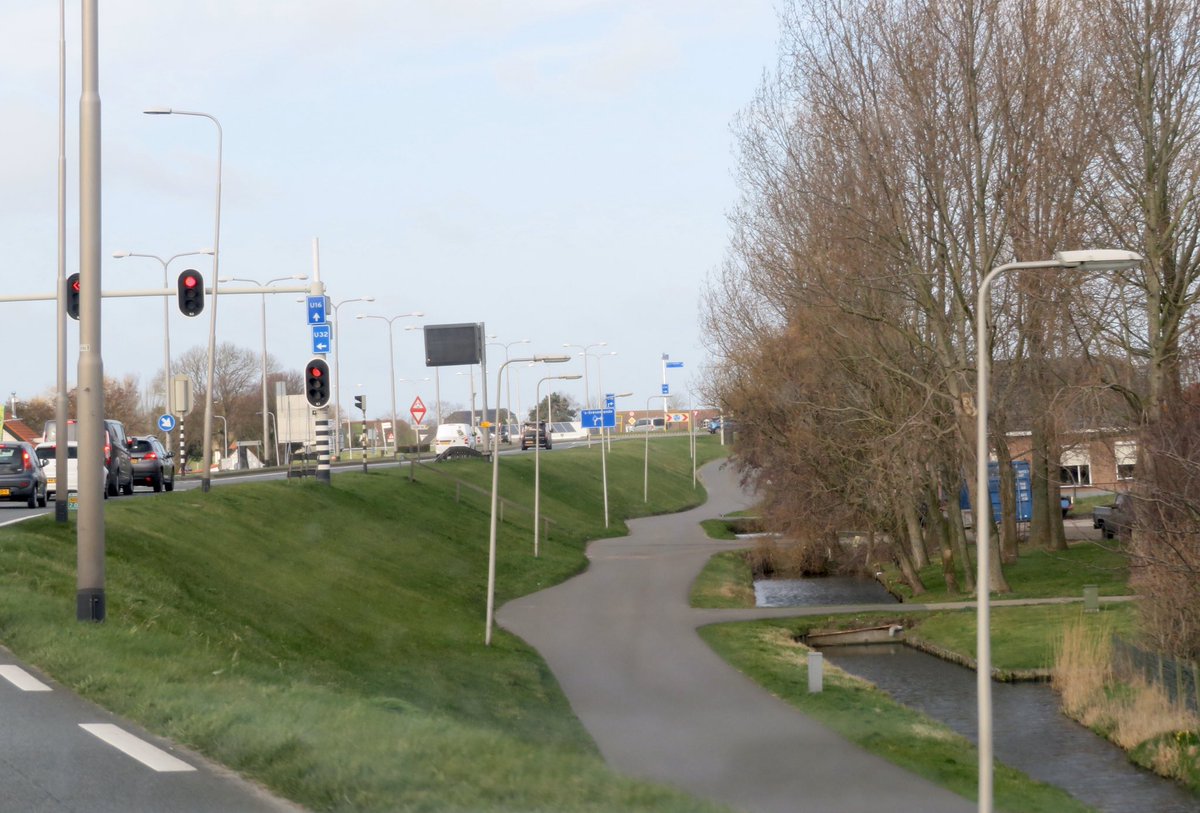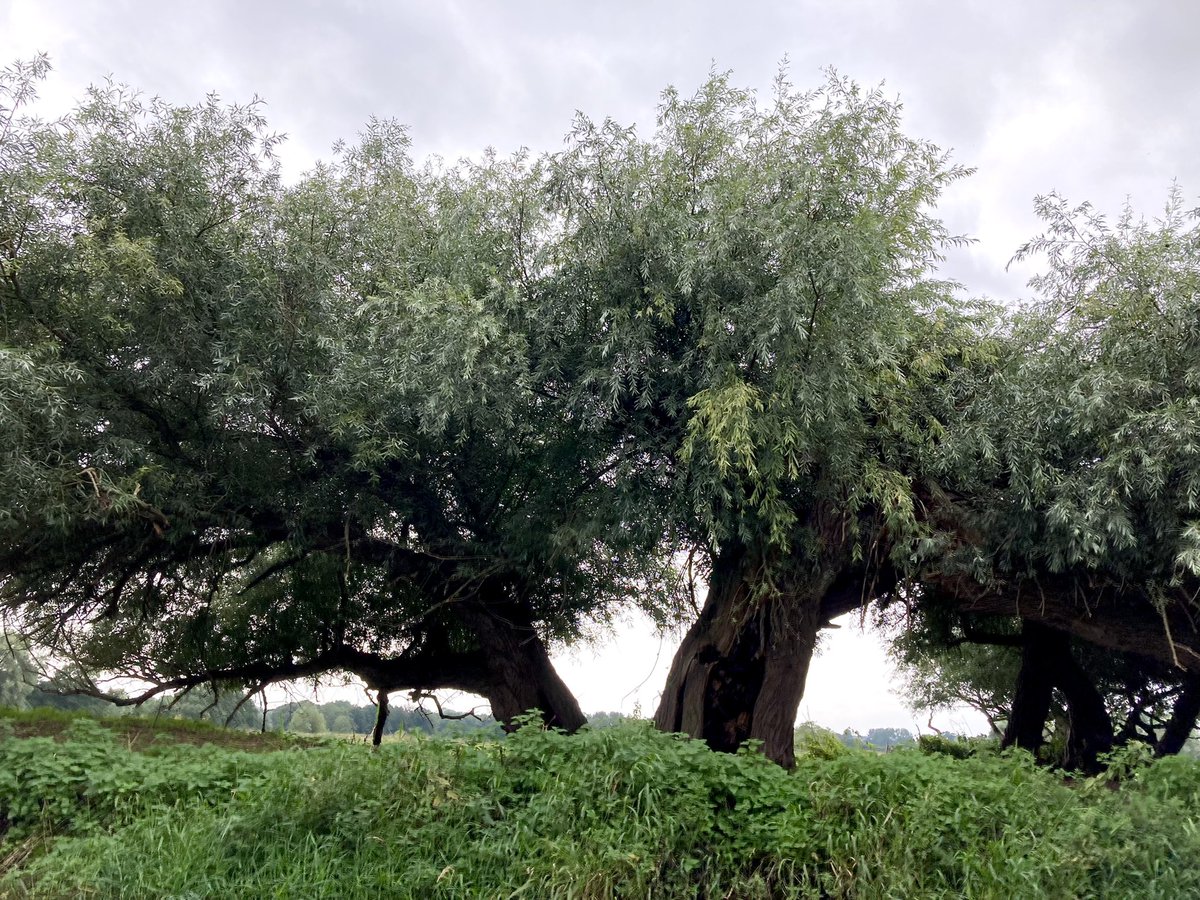Thrilled earlier in the week, during a short trip to the Netherlands, to find that the main road from/to Hoek van Holland runs along the top of the Maasdijk, a massive 13thC earthen bank running fir miles along the N side of the estuary of the R Maas ... 



2. .. to protect the low-lying coast to the N from flooding. You can see the road running from top L towards bottom R on this topographical map, coloured to show height above sea level. Almost everything behind the dyke is at sea level... 

3. FOR miles, darn it, for miles along the N bank of the Maas. #blush
And here’s a map (made in 1590) of the Maasdijk near Vlaardingen - South to the top of the map - to make the argument for strengthening and heightening the dyke. 



5. Of course, there were #medieval banks like this along many low-lying coasts. This is the Sea Bank near Walpole St Andrew, protecting reclaimed coastal marsh on the L from the sea (The Wash, here) on the R. It runs from Wisbech to Clenchwarton ... 

6.
https://twitter.com/drsueoosthuizen/status/1094172496658644993?s=21https://t.co/h3AQOCdKML
7. And, btw, I also love it that a road runs along the top of the Sea Bank
8. There are many more in England, like the Great Wall on Walland Marsh in Kent - see historicengland.org.uk/images-books/p…… - & many other examples too numerous to list. 

9. And a special shout out to the Cap’n who was driving, and who laughed and laughed when navigation was temporarily (as in, for quite a few miles) suspended as I gasped and looked and looked 💐😝 END
• • •
Missing some Tweet in this thread? You can try to
force a refresh














